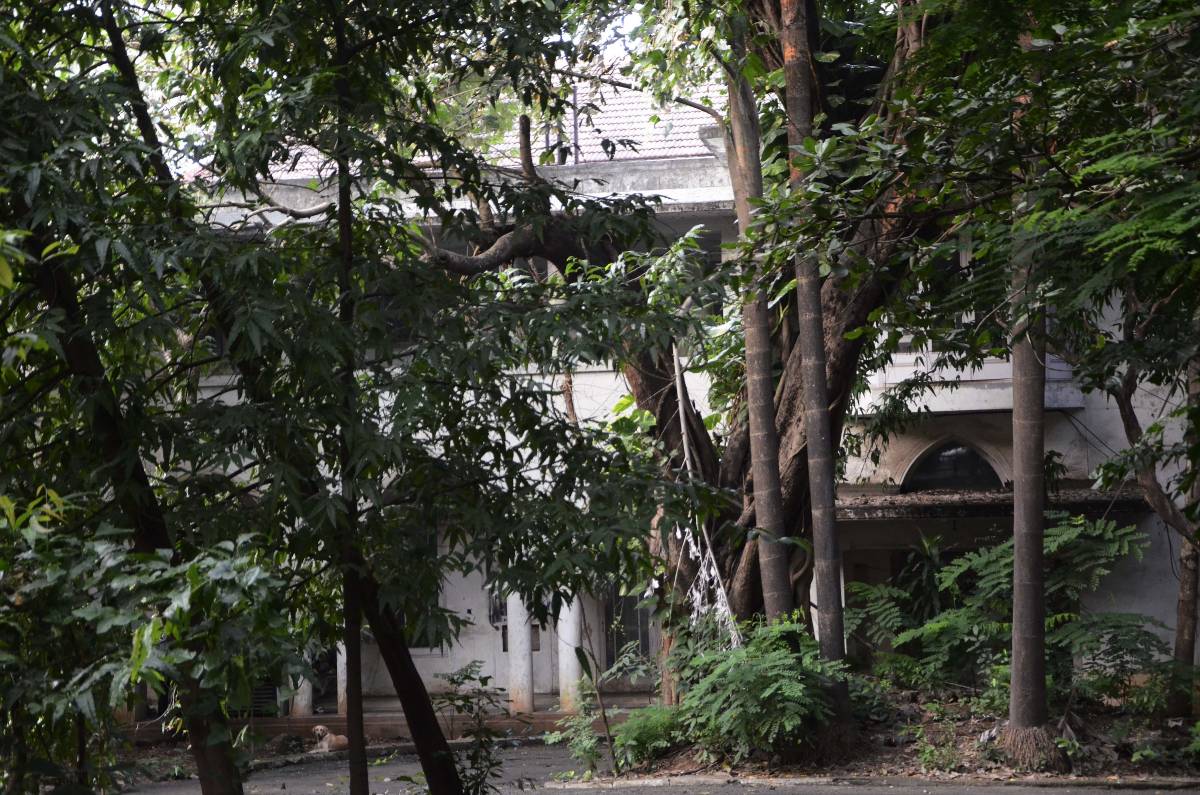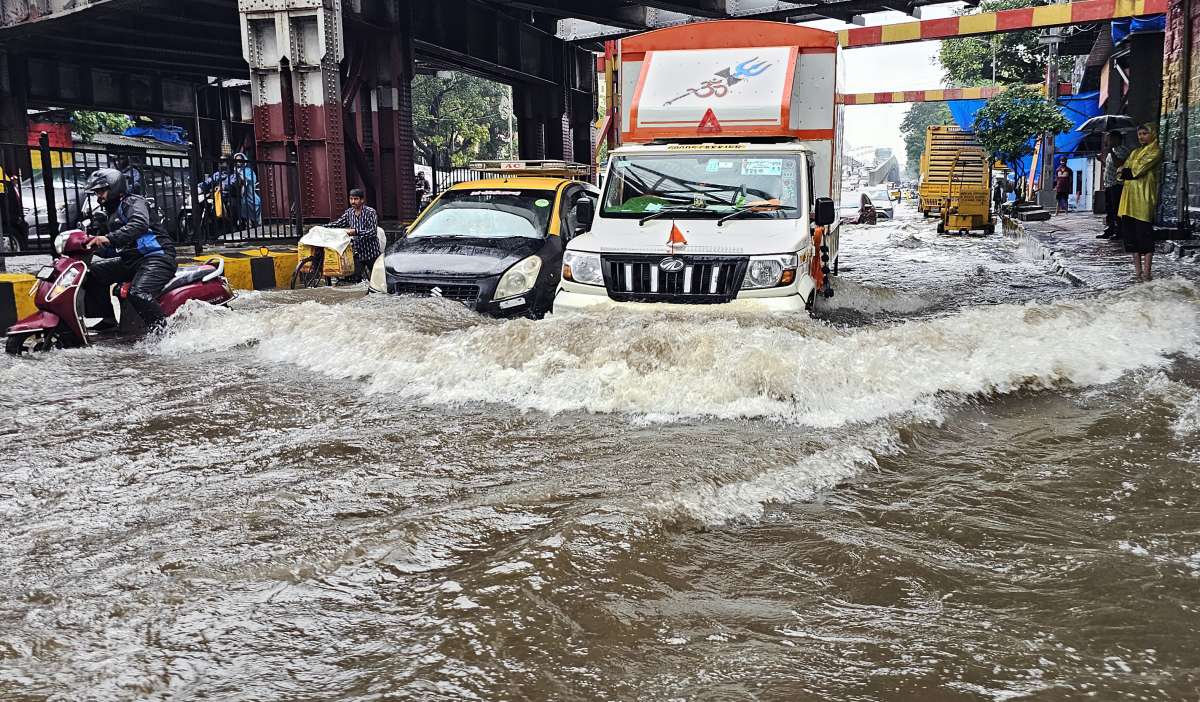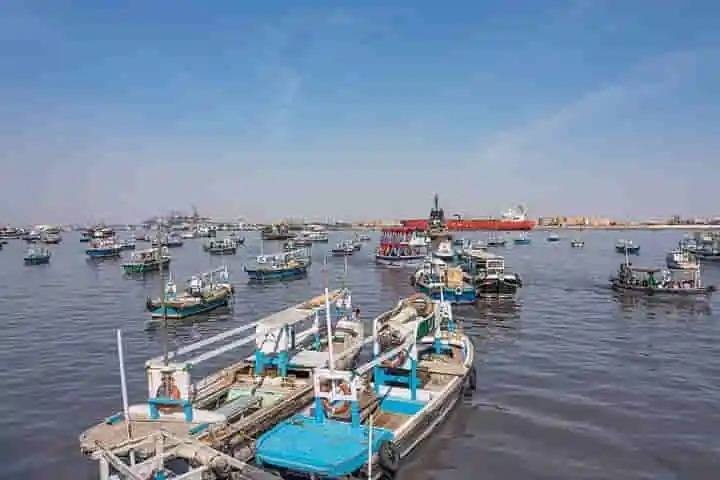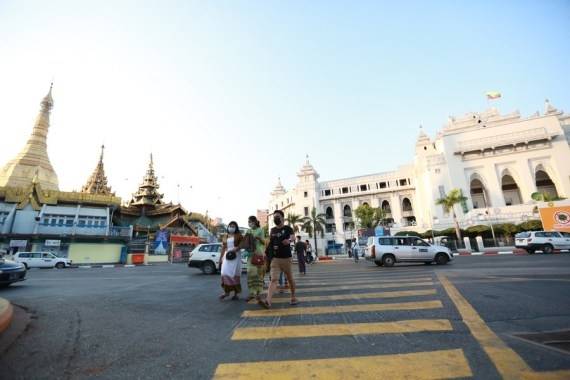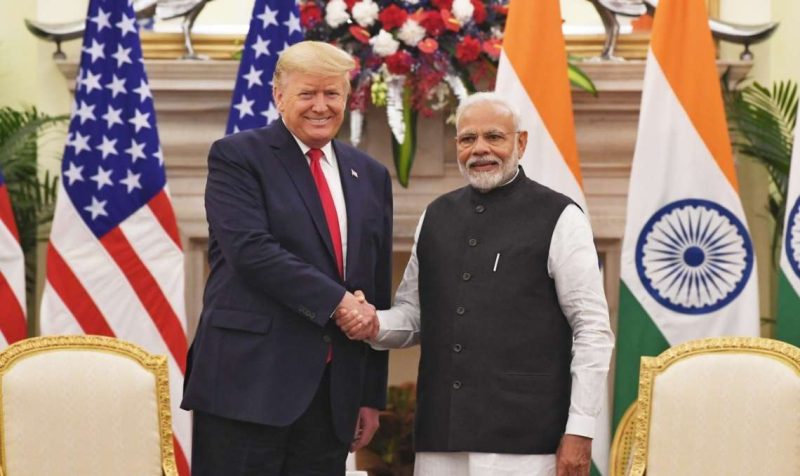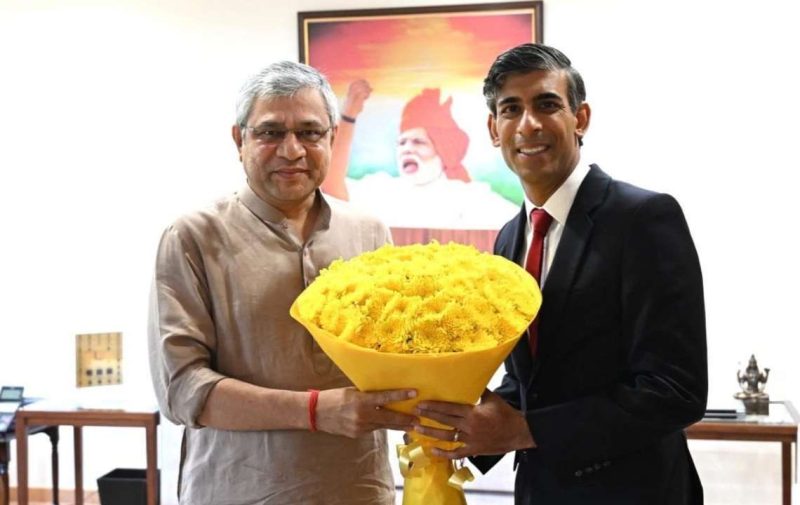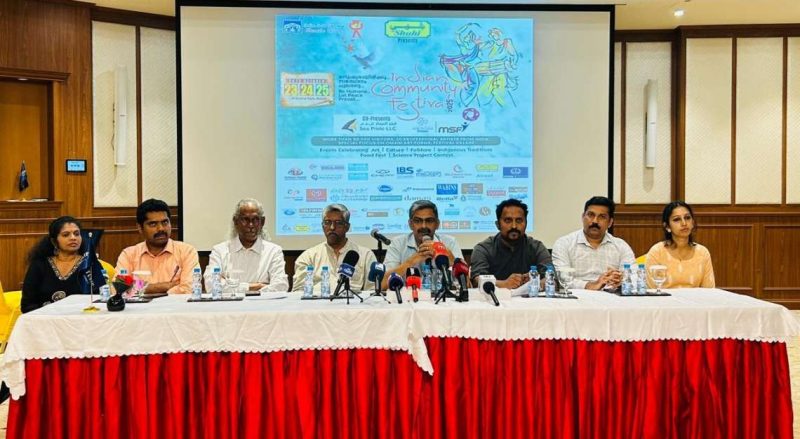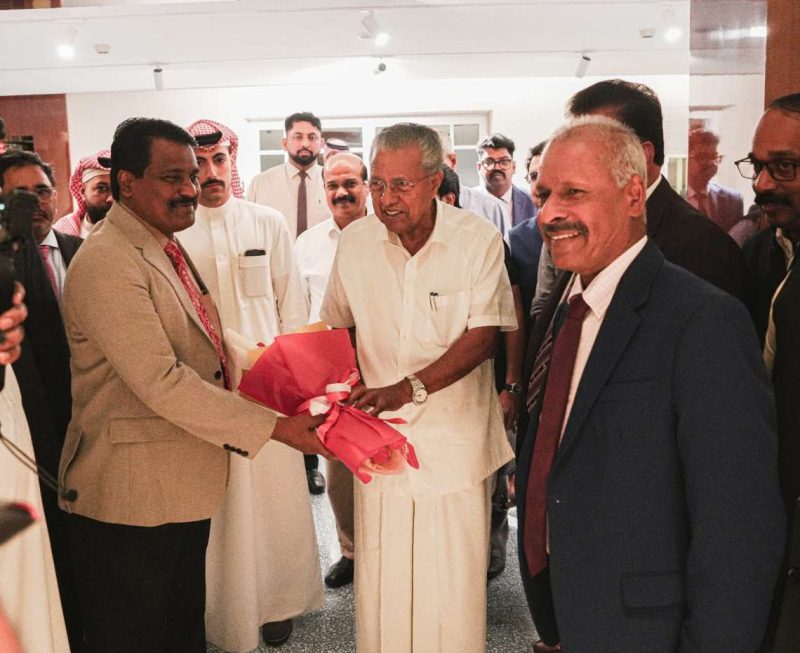Before Jinnah left for the new country where he was subsequently revered as ‘Founder of Pakistan, Quaid-E-Azam or Father of the Nation’, he had expressed his desire to come and live at Jinnah House sometime…writes Quaid Najmi
Mumbai’s famed landmark — the Jinnah House on Malabar Hill — which was once the hub of brainstorming sessions over the contentious Partition of India, remains a charming orphan since the past 75 years.
Top leaders of the All India Muslim League (AIML) used to converge here frequently to strategise and push forth the much abhorred ‘two-nation theory’, first propounded by Choudhry Rehmat Ali in 1933, when he was studying law at the University of Cambridge.
Though ridiculed initially, that student’s theory — entitled “Now or Never, Are We to Live or Perish Forever”, where he first named the futuristic state of ‘Pak-stan’ — finally landed in Bombay for serious discussions at the Jinnah House.
Then AIML supremo Muhammad Ali Jinnah and Indian National Congress leader Mahatma Gandhi initially negotiated the Partition here in 1944, followed by another decisive round on the nitty-gritties between Jinnah and Pandit Jawaharlal Nehru in 1946.
Both Gandhi and Nehru were as reluctant, as Jinnah was adamant on Partition, but as later historical events transpired, the bloody division finally took place in August 1947 — with India flanked by Pakistan to the west and East Pakistan, or modern-day Bangladesh, to the east.
The top brass of AIML, including Jinnah and others — several who later went on to become Presidents or Prime Ministers of the new Muslim nation — confabulated, strategised the country’s break-up, means to browbeat the Congress leaders and solicit cooperation of the British Raj, etc.
The critical details of Partition were hammered in parleys among the three top barristers then — Jinnah, Gandhi and Nehru — before the trio sat with the Britishers to carve out the country into three geographical entities and two political nations.
Before Jinnah left for the new country where he was subsequently revered as ‘Founder of Pakistan, Quaid-E-Azam or Father of the Nation’, he had expressed his desire to come and live at Jinnah House sometime.
But it was never to happen as he passed away in September 1948 — barely eight months after India’s Father of the Nation Mahatma Gandhi was assassinated in January 1948.
Twenty-four years later, Pakistan’s eastern Dominion was severed by then Indian Prime Minister Inidra Gandhi, and the erstwhile East Pakistan was born as Bangladesh in December 1971, in what was regarded as ‘sweet revenge’ for the Partition of India in 1947.
After returning from Great Britain to take over the reins of AIML, Jinnah built his beloved European-style house in south Mumbai in 1936, at a staggering cost of Rs 200,000.
Though he owned another bungalow in Delhi, it was the Bombay home where he spent over 10 years before leaving India to take charge of the new nation named Pakistan in 1947.
Sprawled over 2.5 acres of a sea-facing green oasis, the Jinnah House was designed by Claude Batley, using Italian marble, walnut woodwork by foreign artisans. Jinnah had supervised its construction ‘brick-by-brick’ as it bloomed into an awesome mansion with pointed arches, impressive columns, sleek flooring and a luscious garden outside.
Extremely fond of his beautiful abode, Jinnah after Partition even requested Prime Minister Nehru to take care of his home, allot it to any foreign consulate, or to a European family or some refined Indian royalty for a monthly rental of Rs 3,000.
Honouring his wish, Nehru agreed to the proposal but Jinnah died before any rental deal could be finalised. As a special gesture, the house was not declared or seized as ‘Enemy Property’ like many others at that time.
India at one point of time even wanted to hand it over to the Pakistani Consulate in Bombay before it was rented out as the residence-cum-office of the British Deputy High Commissioner from 1955-1983.
For the next 20 years, the house was abandoned and in 2003, a part of it was handed to the Indian Council for Cultural Relations (ICCR) for its activities, though Pakistan kept demanding it for its Consulate, or even as the headquarters of Pakistan International Airlines, while activists wanted it for a Pakistan-India friendship centre.
Meanwhile, the Jinnah House entered the courts with claims raised by Jinnah’s only daughter, Dina Jinnah-Wadia (who died in the US in November 2017), the mother of Indian industrialist Nusli Wadia.
In 2021, the BJP’s Mumbai unit urged the Centre to convert Jinnah House into ‘South Asia Centre for Arts & Culture (SACAC)’, but there has been no decision yet.
Till the Centre decides on its fate, the enchanting Jinnah House remains a bewitching orphan of history, blatantly ignored while basking in the limelight.


